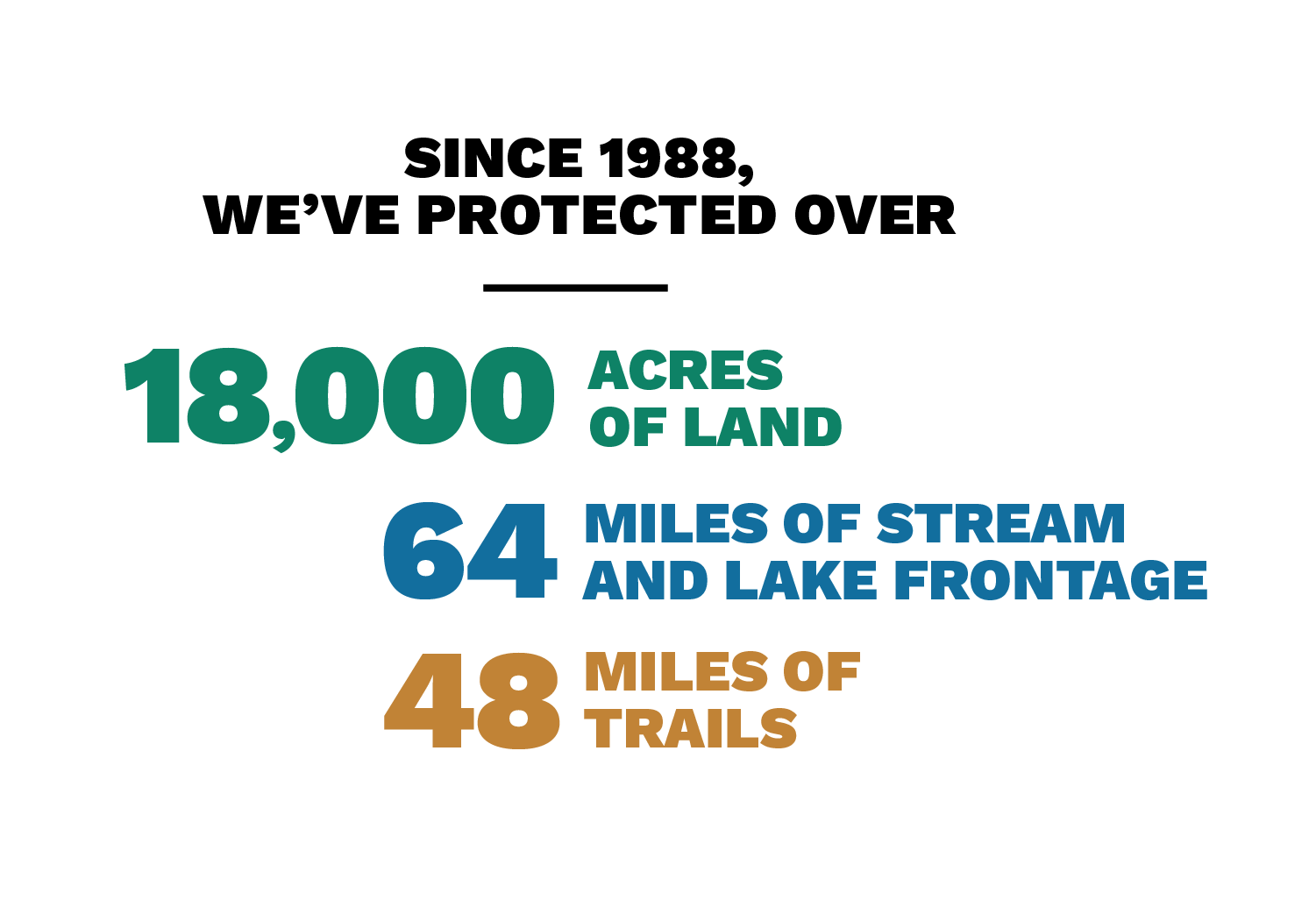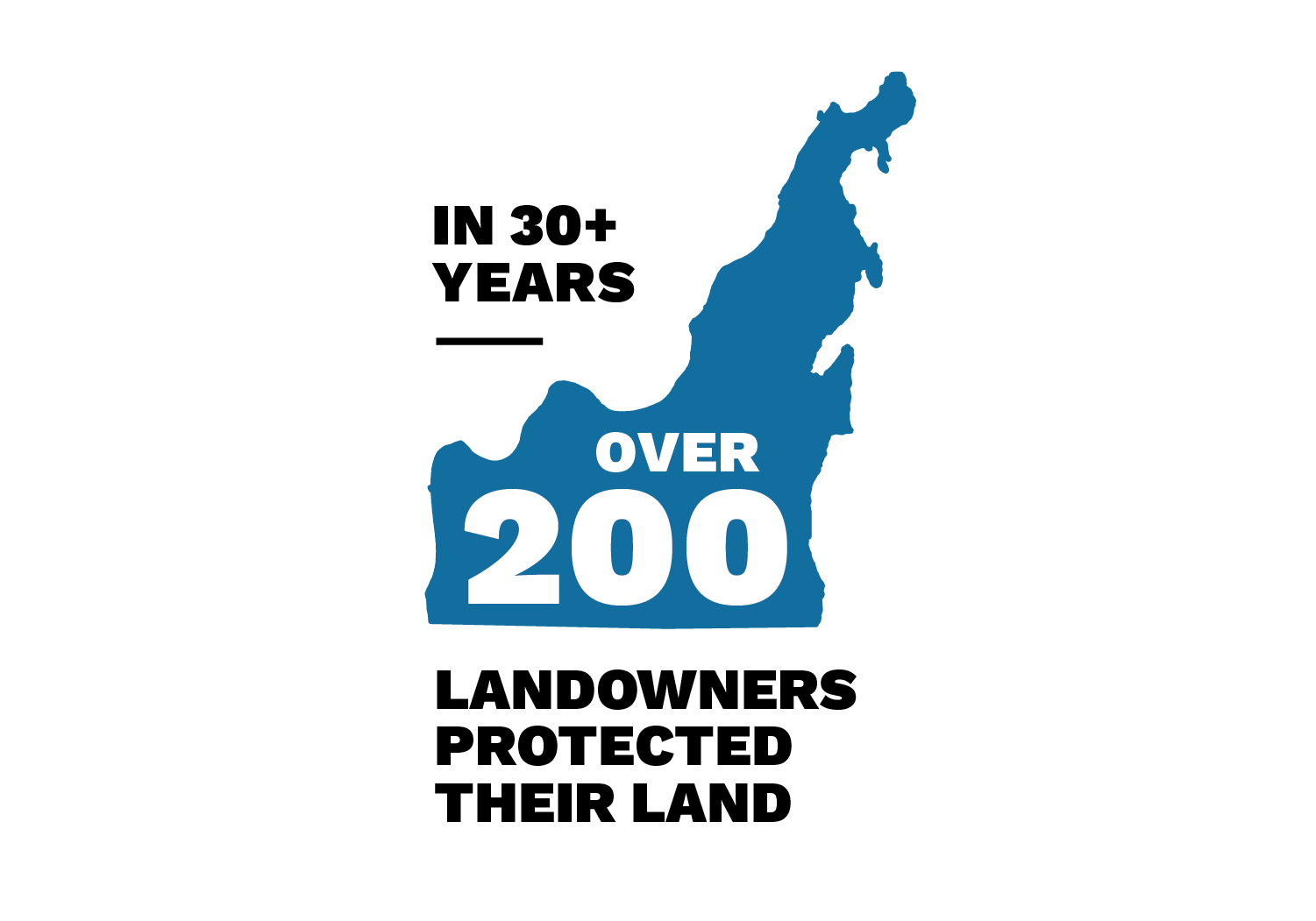Water and the Future of the Great Lakes: Your Questions Answered
We are pleased to be able to share the keynote presentations from our first speaker event! Click on the video box below to view the presentations, the first of which runs just over one hour (66:06) and the second of which runs just under one hour (54:52). To read answers to some of our audience questions that we did not have time to answer during the event, please scroll down below the video.
Keynote Remarks by Dr. Patrick J. Doran, Nature Conservancy of Michigan & Thomas F. Nalepa, Graham Institute, University of Michigan
Panel Presentation: Introduced and moderated by J. Carl Ganter, Circle of Blue. Panelists: Thomas M. Kelly, Inland Seas Education Association; Andy Knott, Watershed Center of Grand Traverse Bay; and Brian Price, Leelanau Conservancy.
After the presentations, we had a number of excellent audience questions. We were not able to address all of the questions during the panel discussion, but our second keynote speaker, Tom Nalepa from the Graham Institute, kindly answered the following questions in writing:
1. Do quagga mussel shells represent a significant amount of sequestered carbon?
I am not aware of any study that has fully examined a carbon budget for one of the Great Lakes, and hence provided a relative estimate for the significance of carbon (as calcium carbonate) sequestered in mussel shells (alive and dead). One problem is that we do not have good estimates (weight) of the amount of dead shell material that has accumulated on the bottom and the dissolution of carbon as shells decompose. Based on what we do know, I can provide a very rough estimate of shell contributions to a carbon budget, but this will take some time.
2. Is there anything that can be done to counter-act the effects of the mussels; do they have any natural predators?
A number of fish species and diving ducks do feed on mussels. For instance, the round goby, another invader, feeds heavily on mussels and have had an impact on mussels populations in shallower regions. However, there are few, if any, predators in deeper water.
3. Has there been any research into uses for quagga mussels: e.g., grind shells for fertilizer, calcium, etc?
Soon after zebra/quagga mussels were introduced, there were a number of projects that examined the feasibility of utilizing mussels for commercial purposes (chicken feed, fertilizer, asphalt supplement, etc.), but none of these seemed to have worked out. Cost-benefits of harvest, contaminants in tissue, etc. were some likely issues.
4. What percent of Cladophora is a result of run-off nutrients from the land and how much is a result of benthic species?
Studies in nearshore areas that are removed from high nutrient sources from the land show nutrient excretion (phosphorus) by the mussel population could account for the amount needed by Cladophora to proliferate. This may be different in areas near heavy nutrient sources (that is, areas near river mouths). However, regardless of area, mussels promote Cladophora by increasing light penetration to the bottom.
5. Can you predict when the explosion of quagga mussel populations will end in Lake Michigan?
The mussel population at depths < 50 meters in Lake Michigan seems to have stopped growing and will probably decline to some lower, equilibrium level within the next 5 years. The population at deeper depths (>50 m) is still increasing at a slow rate, but will also eventually decline and stabilize. Of course, the key for lake impacts will be the level at which populations stabilize, and that is very difficult to predict at this point.
In addition, Andy Knott, our panelist from the Watershed Center, answered this question: Michigan Sea Grant recently funded a study of Great Lakes Watersheds and Water Levels (by MSU scholars). How can ISEA/Leelanau Conservancy have input and/or do you know when they will have their public meetings?
The project is actually an assessment of the risks posed by climate change to Grand Traverse Bay and its watershed, as well as developing potential adaptive measures to respond to climate change. Matt Heiman and Brian Price of the Leelanau Conservancy and Tom Kelly of ISEA have been invited to participate in the project stakeholder group. As for the larger public meetings, those have not yet been scheduled, but will be widely publicized when they are. It is very likely that this project will be highlighted at the annual Freshwater Summit on November 1.
Another reoccurring question we’ve had since the event is: “What more can we do?” In an effort to help answer this question, and thanks to the great resources from The Watershed Center, we have come up with a list of 25 things you can do to improve and maintain water quality.
25 Things You Can do To Improve and Maintain Water Quality
Based on Resources from The Watershed Center, www.gtbay.org
1. Leave natural vegetation along the shoreline. Trees, shrubs, flowers, and intact native ground cover provide important habitat and reduce sediment and nutrient inputs.
2. Discharge boat bilge water completely upon take-out.
3. Empty recreational vehicle waste only at approved disposal locations.
4. Clean up pet waste within 50 feet of the shoreline and dispose of it in trash.
5. Do not feed waterfowl.
6. Plant native plants, which have longer roots to absorb more runoff and pollutants, reduce erosion, and decrease pesticides and maintenance. Learn more about native plant communities for our gardens and our wildlife at Go Beyond Beauty.
7. Don’t plant invasive plants. For more information about high-priority invasive plants and alternatives for wildlife habitat, healthy waters, and bountiful gardens in our region, visit Go Beyond Beauty.
8. Use rain garden and other examples of low-impact design to prevent stormwater runoff from residential areas. Keep rainfall onsite or infiltrate it into the groundwater. The next time you re-landscape your home, consider utilizing stormwater management practices that mimic and work with nature to eliminate runoff and promote groundwater recharge.
9. Property operate and maintain your septic system. Septics should be pumped every 2-4 years.
10. Keep stormwater away from your septic system and drinking water well. Excessive runoff can interfere with drainfield operation or seep down the well shaft and contaminate your drinking water.
11. Consider permeable surfaces in place of asphalt or concrete wherever possible.
12. Dispose of hazardous chemicals, automotive fluids, and other household waste properly: don’t dump them on the ground or down a storm drain.
13. Check with your local zoning administrator to see if there is a buffer ordinance. If so, use it as your guide; but remember, the deeper the buffer, the better for the lake.
14. Try to retain native vegetation along at least 75 percent of your shoreline length. The buffer should extend 35 to 50 feet deep from the water’s edge. Starting a buffer is usually as easy as not mowing the area.
15. If you would like to create views of the water, prune the branches of trees and shrubs, but do not cut them down. Remember, the roots of trees and shrubs protect water quality by reducing erosion.
16. Install areas such as rain gardens to store and treat runoff. Contour your property to direct runoff into low areas where it can collect temporarily and soak into the ground or where vegetation has an opportunity to absorb the water. Do not channel runoff directly into lakes.
17. Install temporary sediment control barriers before moving any soil. Immediately after you have disturbed the soil, seed the area, add sod or install plants and shrubs.
18. Remember to mulch, so loose particles will not be washed away during the first rain.
19. Do not pile leaves within 50 feet of the shoreline. Decaying organic matter adds excess nutrients to the water and depletes it of oxygen. Leaves kill beneficial vegetation.
20. If you have a wet shoreline where you would like to walk, consider building a floating boardwalk. This will allow you to walk across swales that have standing water or muddy vegetated areas. To reduce impact on vegetation, consider sharing a boardwalk with neighbors.
21. Plant a greenbelt garden between your lawn and the water to complement natural vegetation.
22. Leave grass clippings on your lawn to help retain moisture and provide vital nutrients for the soil. Allow grass height to be 2 1⁄2 to 3 inches high. This allows greener, healthier growth and reduces the need for fertilizer.
23. If you use lawn fertilizer: Have your soil tested to see if it even needs fertilizer. The Michigan State University Extension office in Bellaire conducts inexpensive soil testing and fertilizer recommendations. Select a phosphorous-free fertilizer. Excess nutrients such as phosphorus is one of the biggest threats to Grand Traverse Bay. Fertilizers containing even small amounts of phosphorous causes harmful algae growth that degrades water quality. Use the smallest amount necessary. Do not apply fertilizer right before it rains, as it will wash into the water.
24. Plant a fescue mixture rather than bluegrass when establishing a new lawn. Fescue requires much less nitrogen than bluegrass and is better suited to northern Michigan weather. Always choose a locally adapted grass. Consult local nursery experts.
25. If you are making plans to develop a new area or renovate an existing site, consider using Low Impact Development: a set of small-scale stormwater management practices that mimic and work with nature to reduce water runoff and pollutants. LID methods manage water and pollutants at the source, minimizing the impact of development on ground-water, streams, rivers, lakes and coastal waters. Please visit The Watershed Center website for more information.



